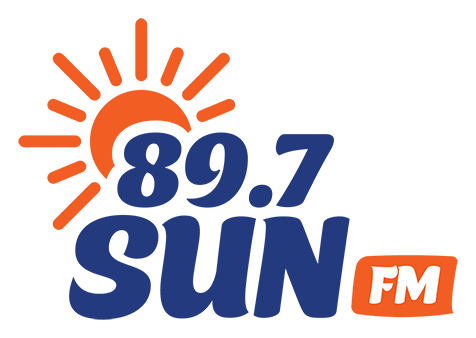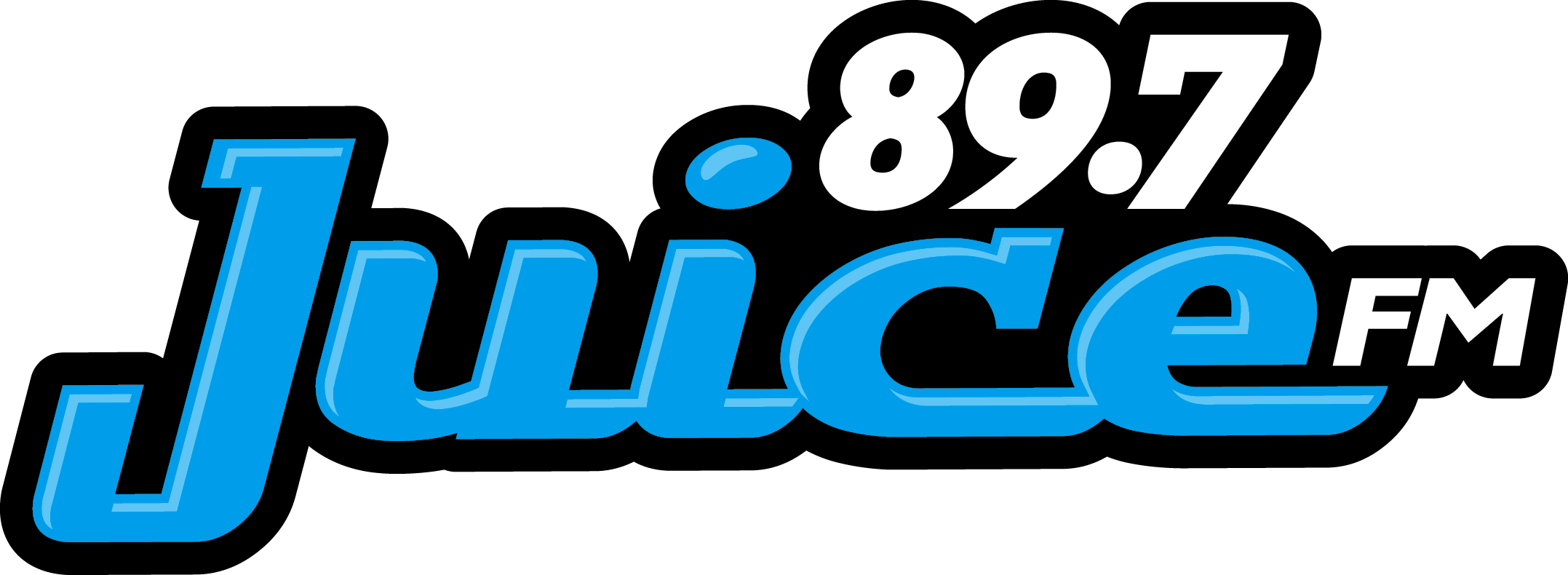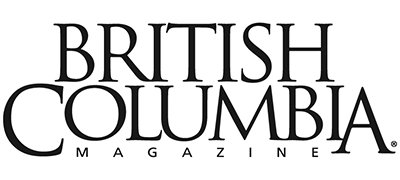Taking Time for Indigenous Tourism
Located on the unceded and traditional territories of the xwməθkwəy̓əm (Musqueam), sḵwx̱wú7mesh (Squamish), sel̓íl̓witulh (Tsleil Waututh) and Coast Salish peoples, I’ve walked the trails in Stanley Park hundreds of times. I’ve visited in all four seasons and explored by foot, by bike and horse-drawn carriage. As I grew older, I watched the park evolve from a manicured place where animals were caged in a zoo, into a rewilded place where beavers and coyotes coexist with the city. I thought I knew the park, but my recent Talking Trees Tour with Candace Campo, co-owner of Talaysay Tours, made me realize I’d barely experienced the landscape.
Indigenous-led tourism can be a tricky thing to define. A recent survey indicated most people really don’t know what it is—and assume it’s a passive look at the past; like visiting a museum or watching a cultural performance. What I’ve learned is that it’s more like an invitation to go deeper—in the case of Stanley Park it means leaving the popular perimeter trails and using all your senses to see the park through a different lens.
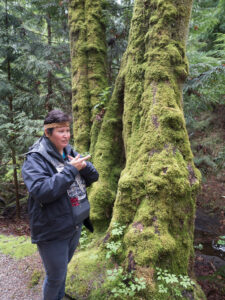
It was a drizzly day when my daughter and I met Candace, a member of the shíshálh Nation. With Talaysay, her mission is to educate and inspire people by sharing the rich Indigenous history, traditions and beliefs of the Nations who once lived in Stanley Park. So we wandered into the woods, stopping near Beaver Lake, where she welcomed us as guests to the land and told us about a place that long predates its 1888 colonial-founding.
As we walked, Candace talked about the places where villages had stood, children played and communities had thrived. She explained how the landscape shaped the culture and how people were able to live in balance with their surroundings.
Winding our way through the quiet internal trails she told us about traditional spiritual practices and showed us the many uses of plants like skunk cabbage, salmon berries and licorice fern. At one stop she taught us how to peel the young shoot of a salmon berry bush and snack on a treat that tasted of sweet spring.
Along the way we visited some of the parks’ largest trees including an ancient Douglas fir, a grove of huge cedars and a truly massive broadleaf maple, which according the B.C. Big Tree Registry is the largest in the province (if not Canada). Candace says this isn’t surprising, the traditional sḵwx̱wú7mesh (Squamish) place name for Vancouver is K’emk’emelay, meaning place of broadleaf maple tree.
By the time our walk was over, Stanley Park seemed different to me; wilder and more ancient, as well as more resilient and generous. What I learned is that while Indigenous teachings are timeless—the lessons are powerfully modern: when we take too much without thought or gratitude, we get out of sync with the natural world, and ourselves. But when we stop—and take time to learn, and laugh and go deeper, the balance starts to return.
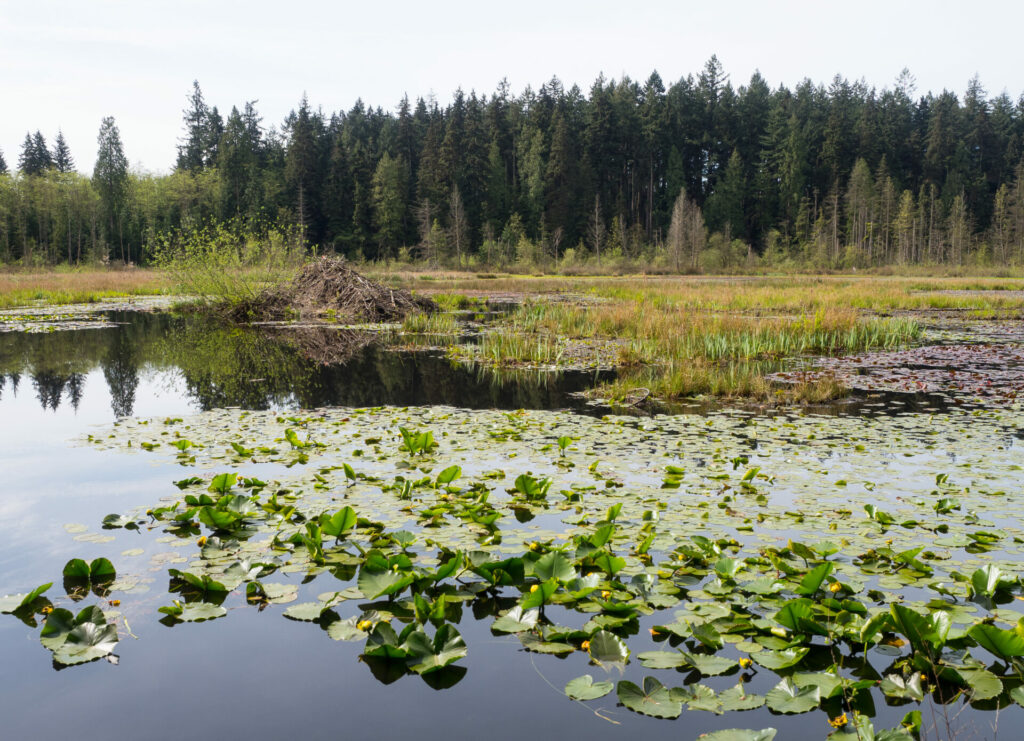
Talaysay Tours offers a variety of tours in Stanley Park, the North Shore and on the Sunshine Coast:
Phone: 604-628-8555
BC has dozens of Indigenous Tourism options.
Here are some of our picks:
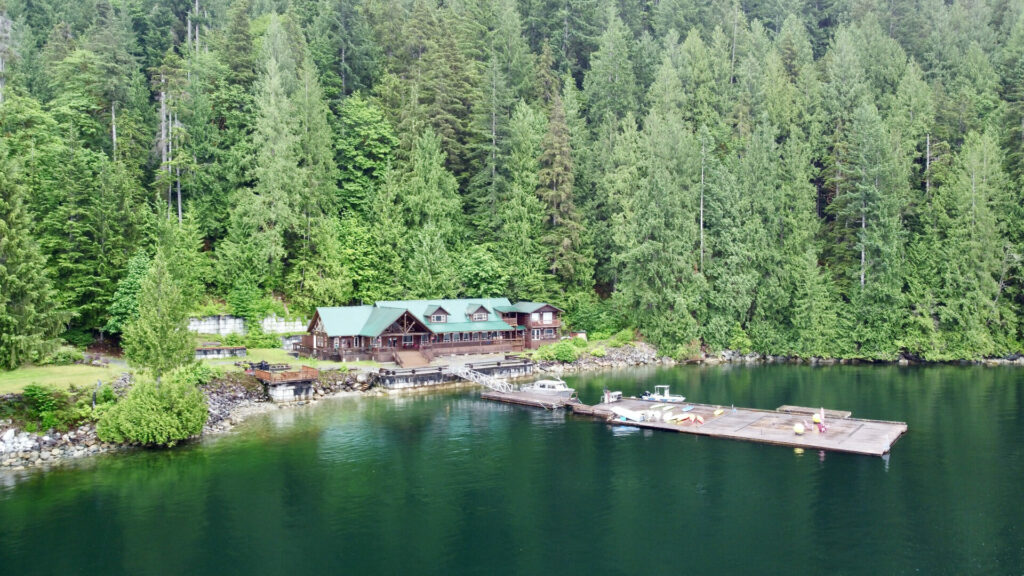
Klahoose Wilderness Resort: Desolation Sound (Sunshine Coast)
This new Indigenous destination resort in Desolation Sound offers an intimate and all-inclusive experience including daily wildlife viewing, bear viewing and immersive cultural tours. A stay here reflects the welcoming spirit and cultural traditions of the Klahoose First Nation, while honouring the environment. Given its seclusion, the resort is easy to access by water or air with weekly boat transfers from Lund, BC or air connection from Vancouver.
Phone: 250-935-8539
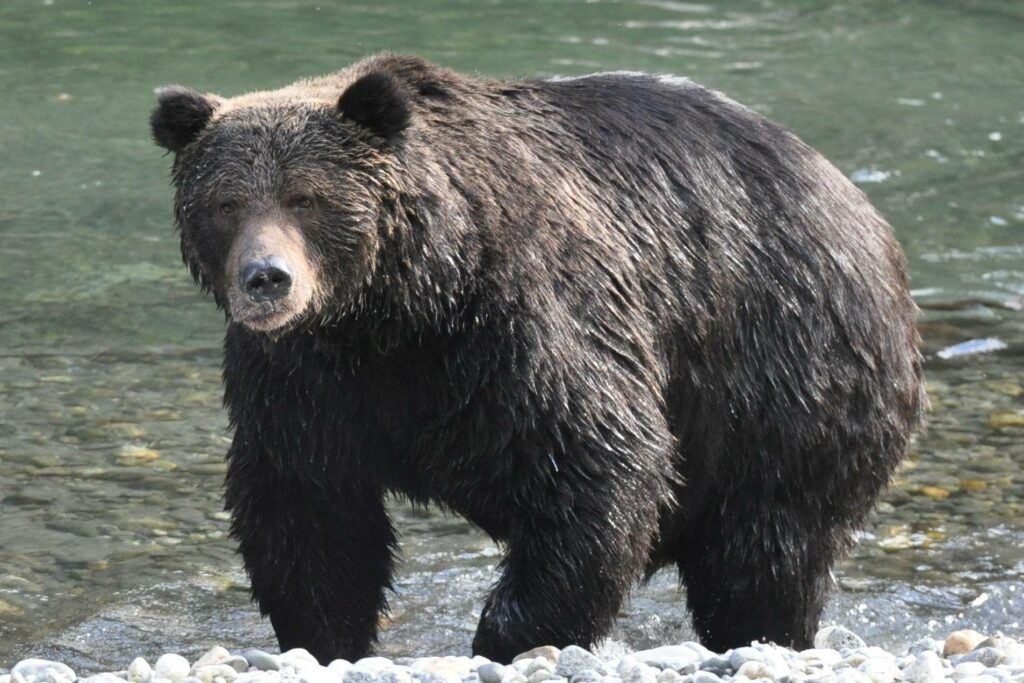
Takaya Tours: North Vancouver
Cultural walking tours, kayak rentals and cultural canoe tours. Learn about the rich history of Say Nuth Khaw Yum (Indian Arm) and discover the traditional village sites of the Tsleil-Waututh People.
Phone: 604-904-7410
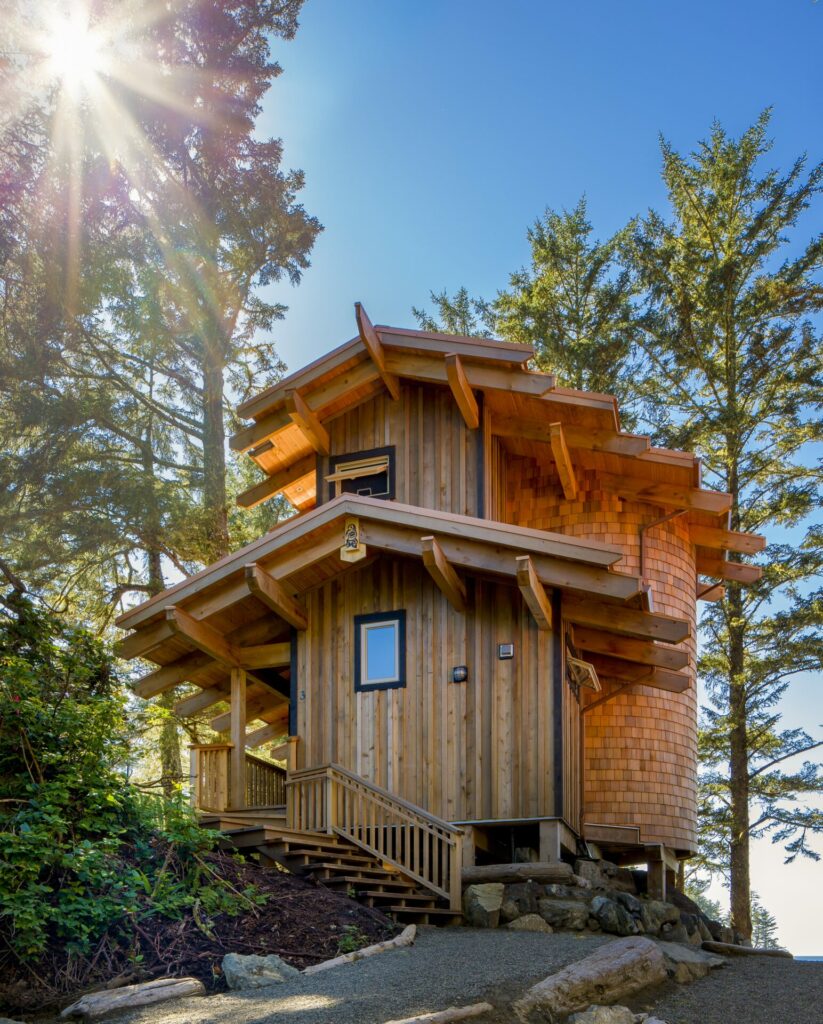
Wya Point Resort: Ucluelet
Visitors to the west coast can experience the hospitality of the Ucluelet First Nations with a stay on their traditional territory. Options include luxurious lodge accommodations, yurts, tent and RV camping. While there, be sure to take a surfing lesson with an Indigenous instructor at Wya Point Surf Shop.
Phone: 250-726-2625
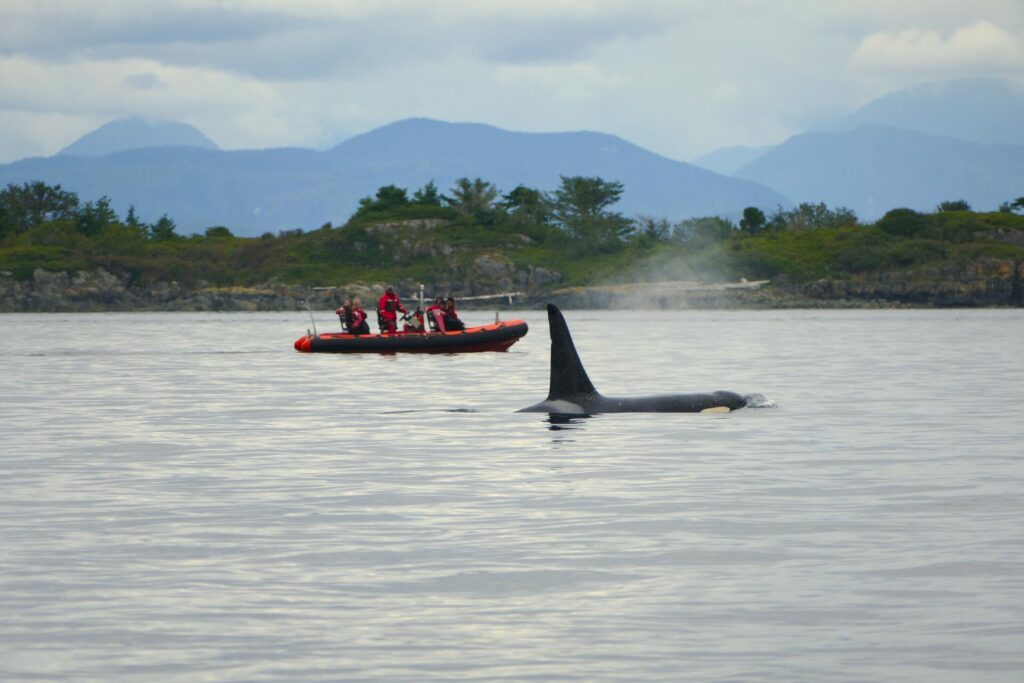
Sea Wolf Adventures: Port McNeill
This unique wildlife tour offers up the stories behind the scenery. Visitors rave about seeing grizzlies, whales and other wildlife through the eyes of gracious Indigenous hosts. Tours are full-day by zodiac.
Phone: 250-902-9653
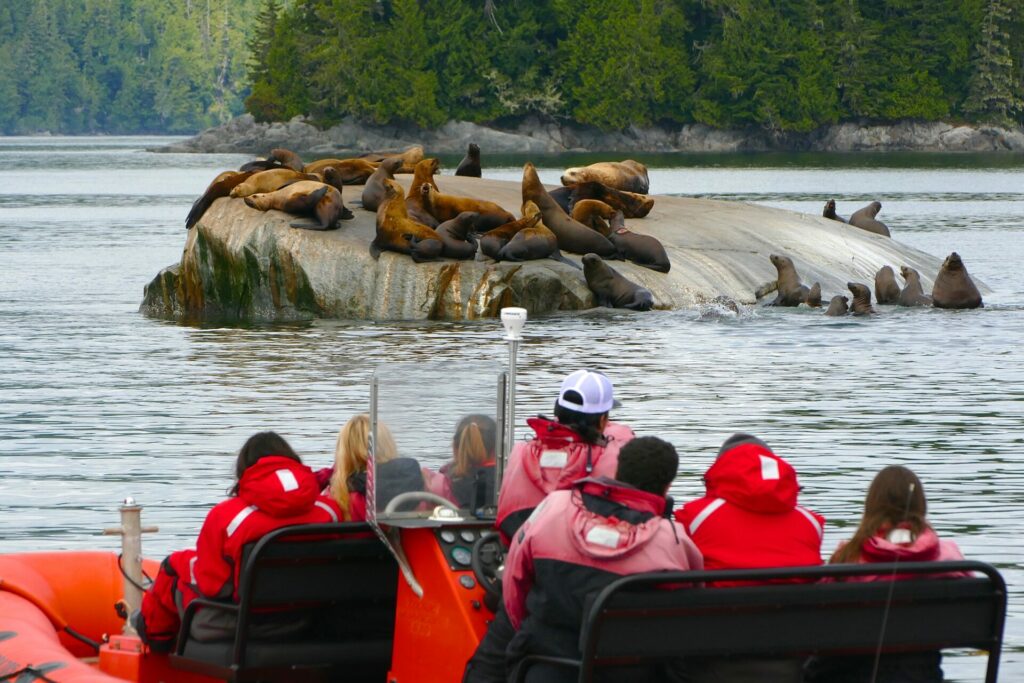
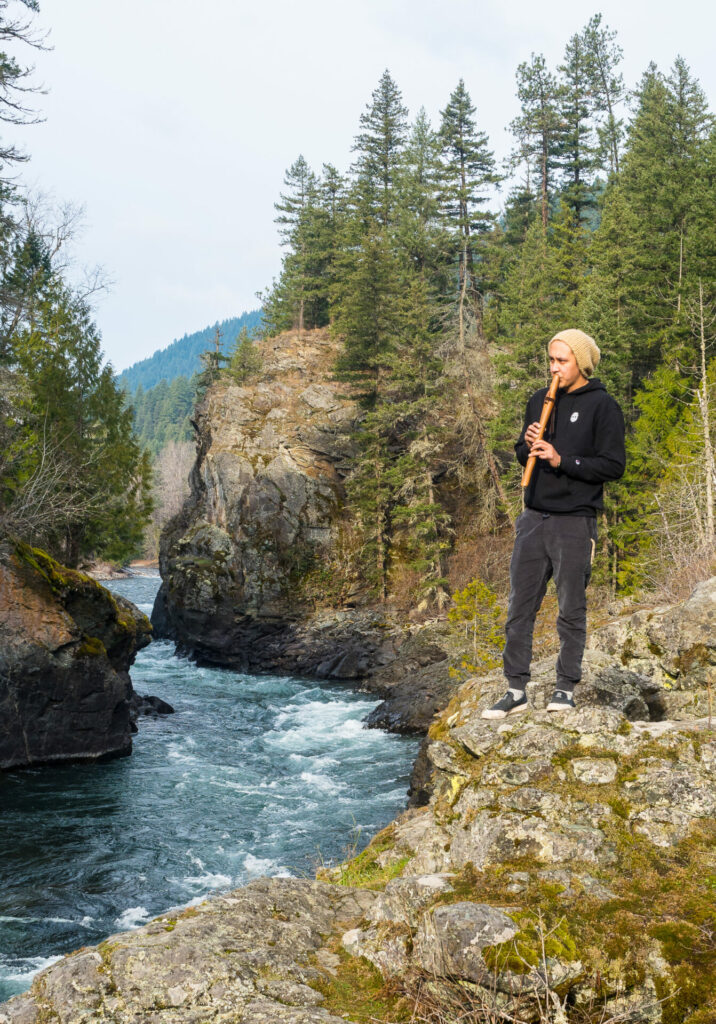
Quaaout Lodge & Spa at Talking Rock Golf Resort: Chase
Situated on the south shore of Little Shuswap Lake the lodge offers luxury lodging, fresh local dining as well as cultural walking tours and introductions to Secwepemc traditions including smudges, dreamcatcher making and rock painting.
Phone: 250-679-3090
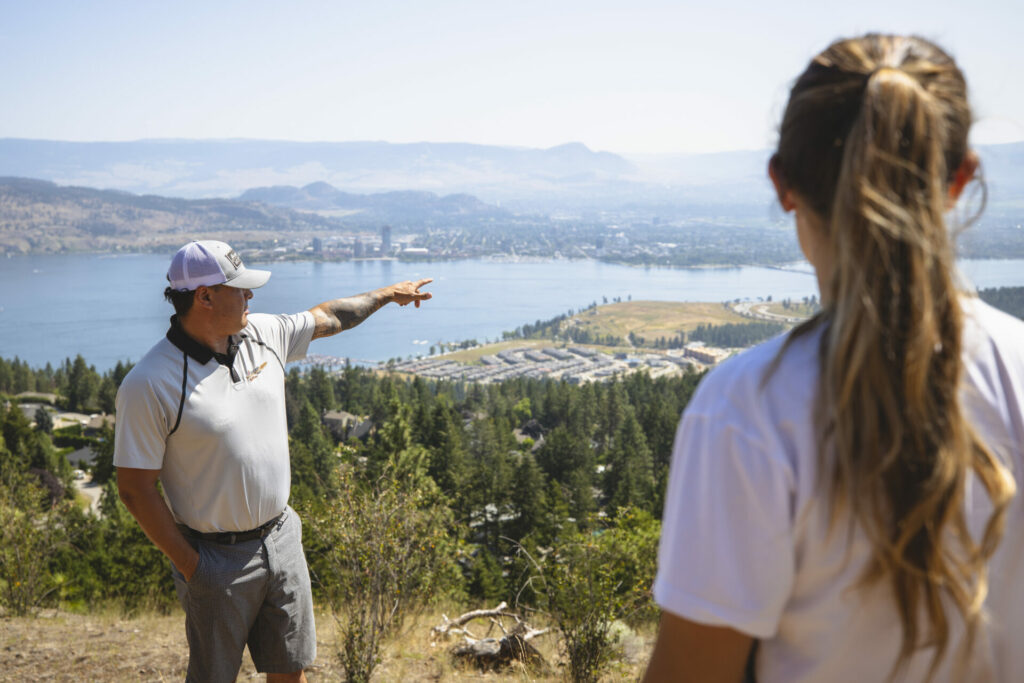
Moccasin Trails: Kelowna/Kamloops
Tour the waters and lands that Indigenous people have lived in since time immemorial. Guided canoe and walking tours will introduce you to the rich history of the Shuswap and Okanagan Indigenous territories with local Knowledge Keepers.
Phone: 250-319-4902
For more ideas check in with Indigenous Tourism BC and the Indigenous Tourism Association of Canada, to see who is open and receiving visitors.
This article was originally featured in BC Mag’s Fall 2021 issue and on BCMag.com on July 5, 2021.

